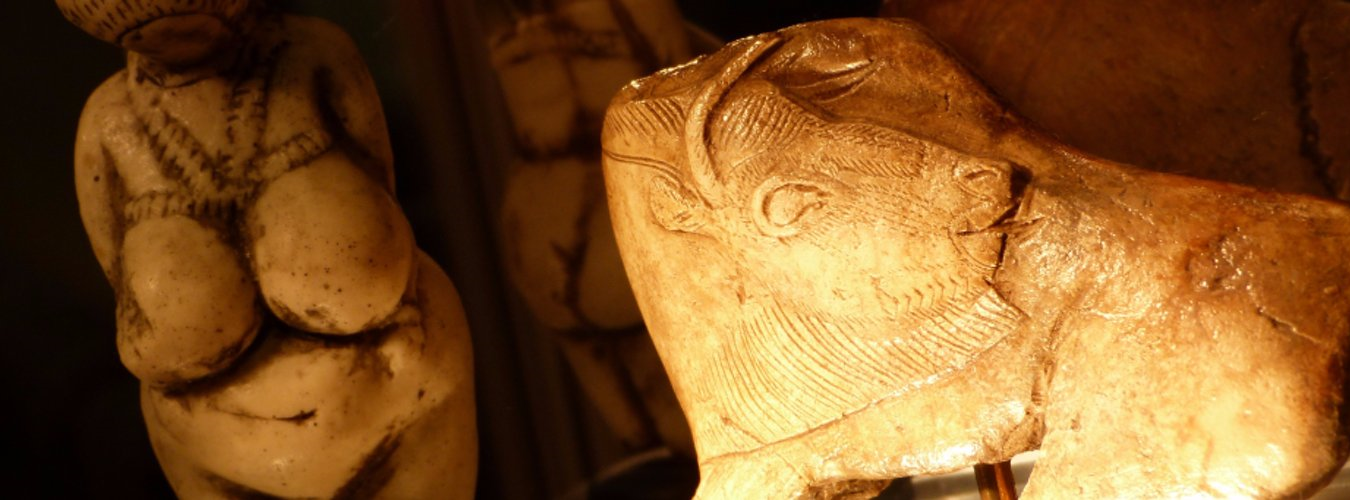Dr Rachel Bynoe PhD, MA, BA
Lecturer, Director of the Centre for the Archaeology of Human Origins
(023) 8059 9092
rachel.bynoe@soton.ac.uk
Dr Rachel Bynoe is a Lecturer in Archaeology at the University of Southampton and the current Director of the Centre for the Archaeology of Human Origins.
I am a Palaeolithic maritime archaeologist with a focus on submerged Pleistocene landscapes. I completed both my MA in Palaeolithic archaeology and human origins (2008) as well as my PhD (2014) at the University of Southampton. My doctoral research focused on the submerged Palaeolithic of the southern North Sea through the use of the vast historical collection of faunal remains. Subsequently I held several positions lecturing in Human Origins and Maritime archaeology, as well as working on commercial offshore projects, before moving on to a post-doctoral position at the Natural History Museum/British Museum. It was here that I began to develop my interest in the submerged landscapes and coastal archaeology of the Cromer Forest-bed Formation at and around Happisburgh, UK.
My current position at the University Of Southampton combines these experiences. My research continues to focus on the offshore archaeology at Happisburgh, with the Pathways to Ancient Britain research project, with a broader interest in the use of commercial data for furthering our understanding of submerged Pleistocene deposits. Recent fieldwork funding for diving investigations at Happisburgh has allowed me to bring these interests to current students, facilitating the incorporation of practical, diving, geophysical and palaeoenvironmental approaches to my teaching.
Research interests
Understanding past human behaviour is reliant on an incredibly fragmentary terrestrial record, a record that is even further truncated by changes in sea level throughout the Pleistocene that have led to the submergence of large areas of once habitable land. With my interests focusing on a desire to understand the big questions of how, why and when our earliest ancestors were migrating and occupying new, often marginal parts of the world, I am naturally fascinated by what these drowned landscapes can tell us about this picture. To do this I am interested in developing the ways in which we target and investigate submerged landscapes, from both a first-hand, diver-led perspective, as well as through remote sensing and retrieval of palaeoenvironmental information from seabed coring.
I am currently engaged in a project involving diving and geophysical data-collection off the coast of Happisburgh, UK, the earliest site of human occupation of northern Europe at just under a million years old. This project uses the analysis of out-of-context beach finds (Pleistocene mammal remains and stone tools) recovered by local collectors to target high-potential archaeological locations above and below the waterline.
I am also looking at the use of industry data to re-contextualise out-of-context archaeology from submerged deposits in the southern North Sea, constructing a narrative around the formation of their original landscapes of deposition. While also working closely with local collectors, this project is geared more towards marine planning and mitigation in order to identify the reasons why current industry standard methodologies struggle to identify this type of archaeological resource and to think about how this might be adapted for the future.
PhD supervision
Current PhD supervision includes:
Research group(s)
Centre for the Archaeology of Human Origins, Centre for Maritime Archaeology
Affiliated research groups
Human Evolution, Chronology, Dispersals and Lifeways, Representation, Visualisation and Politics of Archaeology, Prehistoric Landscapes, Monuments and Materialities
